“I wish I could always be with you,” Andy’s mother says wistfully as she casts her eyes around her college-bound son’s empty bedroom.
That moment in Toy Story 3 gets me every time.
We’ve watched all four films this week, as the children have been poorly – the third one twice, and, yes, I cried at the very same bit two days in a row.
I’m aware how pathetic that sounds, and dramatic – my little ones are only four and two, so they will hardly be flying the nest soon. But, after coming clean to another mum, it seems I’m far from alone.

Indeed, a quick internet search reveals that parents the world over are still sobbing their hearts out to the Toy Story movies, the first of which was released in the UK in 1996, when I was 11. I can remember receiving a VHS copy as a gift, so nostalgia no doubt goes a long way in explaining my fondness for Woody and the gang.
But, I also love the message about caring for your toys and, in the third instalment, making sure that they go to happy homes when you outgrow them – put more generally, the idea that, where possible, we should be reusing things and passing them on.
As another friend said: “You can’t really buy the Toy Story figures new, can you?”
Hand-me-downs from family and friends
My sister did generously buy our two a brand-new Rex, the dinosaur character, but Buzz Lightyear and Woody came from my nephews, along with scores of other toy superheroes which get played with daily. We’ve been extremely fortunate in that respect, benefitting from hand-me-downs galore from various family members and even friends.
Only a few days ago, a neighbour brought round two bags of her daughter’s clothes and shoes (including an incredible Batman dressing gown complete with a masked hood) which previously belonged to the boy who lived in our house before us.
How wonderful that they’ve come back home and can now see another child through his toddler years, rather than going straight to the tip, where so many items – sadly lots with plenty of wear left in them – end up.
£140 million worth of clothing is sent to UK landfill annually
To put a number on it, some £140 million worth of clothing is sent to UK landfill each year, according to charity Waste and Resources Action Programme. And non-profit organisation Global Fashion Agenda has estimated that, in 2015 alone, the international textiles and clothing industry created 92 million tonnes of waste, with this figure set to rise to more than 134 million tonnes by 2030.
We aren’t keeping clothes for as long, and production is soaring in a harmful, self-perpetuating cycle
Moreover, the fashion industry is notoriously highly greenhouse gas intensive, while textile dyeing is the second largest polluter of water globally.
There’s also the problem of our throwaway culture. With constantly changing fashions at cheaper prices ensuring we buy more and more, we aren’t keeping clothes for as long, and production is soaring in a harmful, self-perpetuating cycle.
It has to stop, although that’s obviously easier said than done.
Consumers aren’t off the hook
Clearly, the onus must be on the industry to pursue more sustainable methods and materials, and, thankfully, there’s been significant movement in this direction.
For example, Spanish company Ecoalf is manufacturing footwear from algae and recycled marine debris as part of its Upcycling the Oceans collection, and, in Amsterdam, chewing gum is being turned into rubber for the soles of Gumshoe trainers.
Clothes industry is responsible for an enormous amount of waste, CO2 and water spending.But do not give up hope: Finnish company @infinitedfiber Tanja Karila told in #techdayfi that #Infinna material replaces cotton and is fully recycled material.Many big brands trust the product pic.twitter.com/lqzMoOnxdy
— Maria Volanen (@MariaVolanen) September 16, 2022
I’ve also read about a Finnish business, Infinited Fiber, which is transforming fabrics that would otherwise be burned or sent to landfill into a new clothing fibre called Infinna. It is already being used by brands like Patagonia and H&M.
But, us consumers aren’t off the hook.
Because, of course, the most sustainable solution of all, is to produce less in the first place, which means decreasing demand by reusing – the form of recycling we tend to forget about.
Second-hand needs a second wind
I enjoy that feeling of donning something new for a special occasion as much as anyone and, plainly, humans will always require clothes. In this age, however, where you can make a purchase by app in seconds, we should all take a moment each time to consider whether we actually need it.
We also have a responsibility to maximise the lifespan of what we buy – by wearing garments for longer, taking proper care of them, even mending them as people used to, and donating or passing on decent things.
In addition, why not scour second-hand or swap shops for preloved pieces? It’s a lot more fun than endless scrolling, and a good way to inspire an individual style.
We can’t start to tackle this issue without the industry, but the industry can’t do it without us either. For once, in a world where, so often, efforts to act more environmentally responsibly feel futile, here there really is an opportunity to make a difference.
Lindsay Razaq is a journalist and former P&J Westminster political correspondent who now combines freelance writing with being a mum
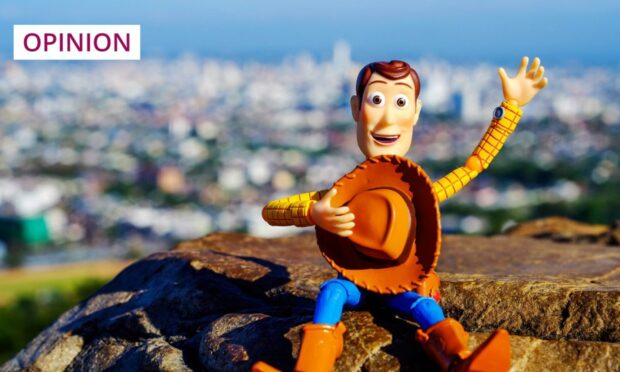
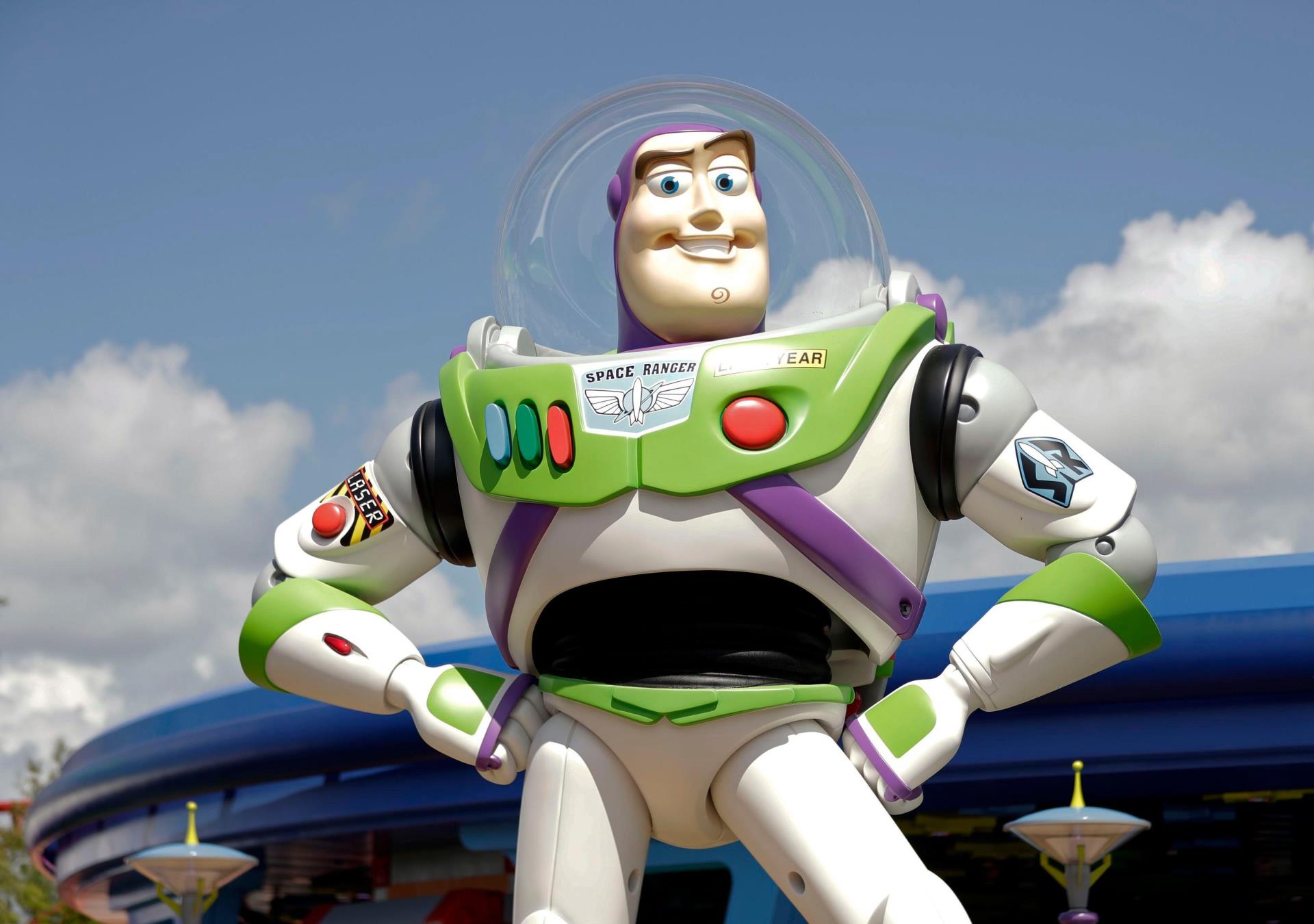
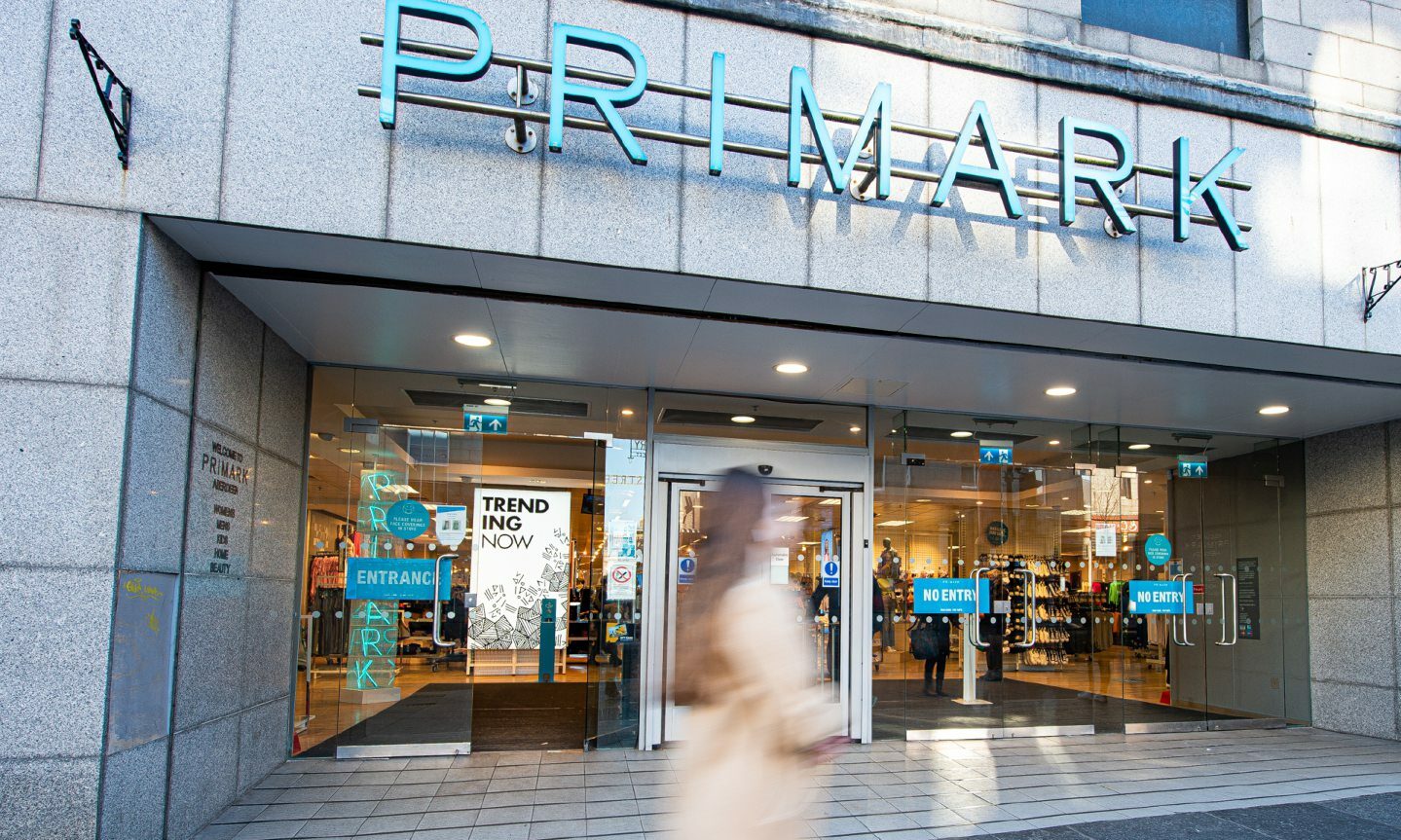
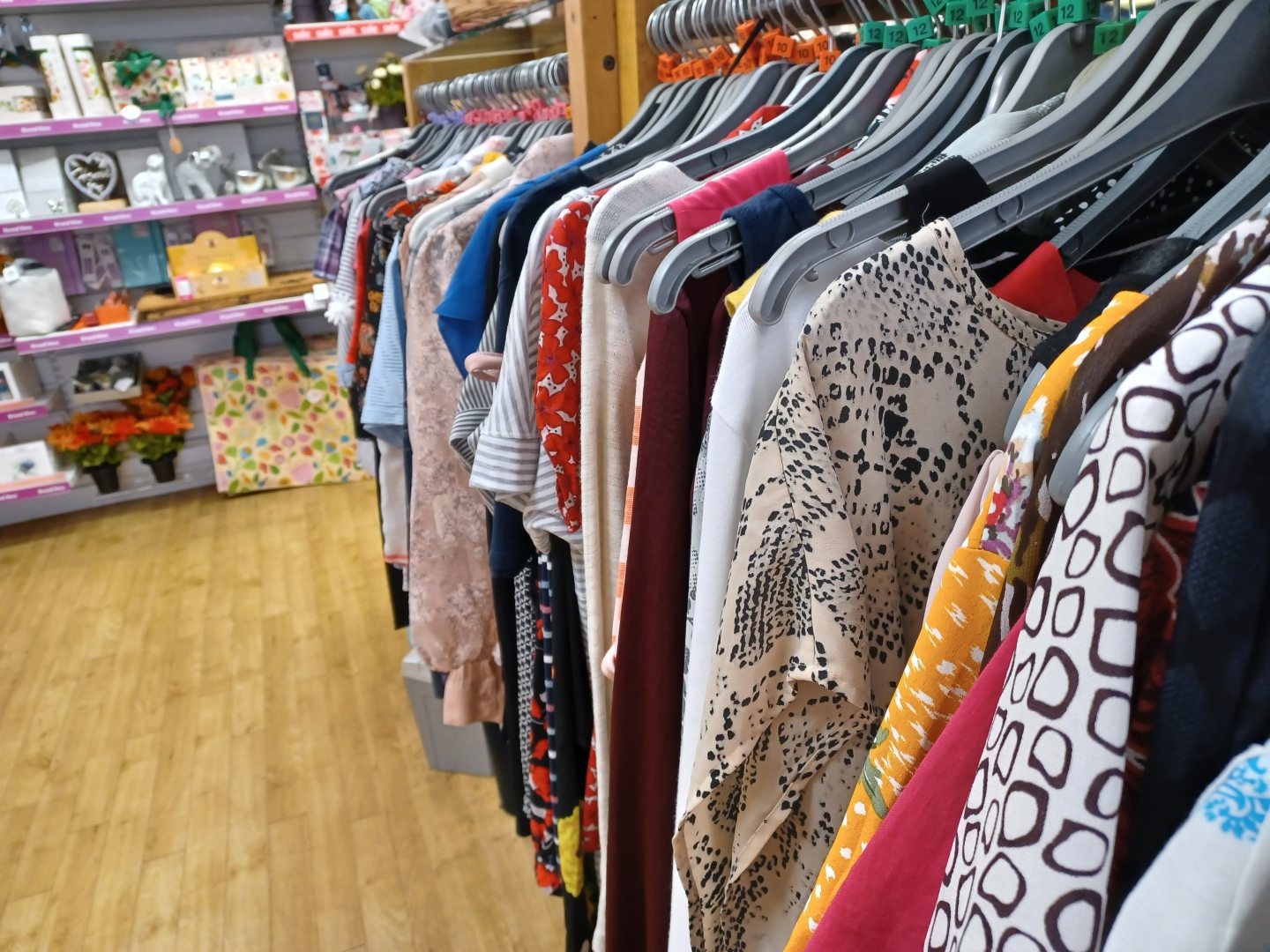

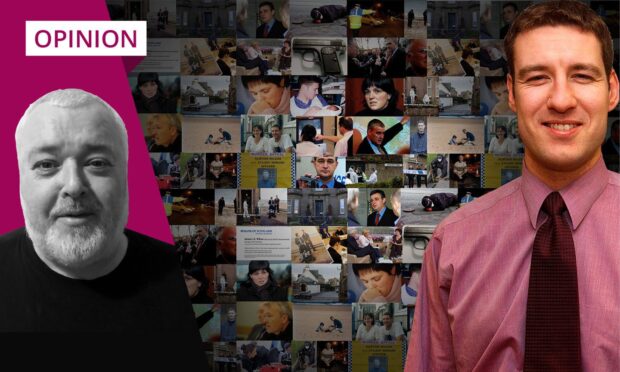

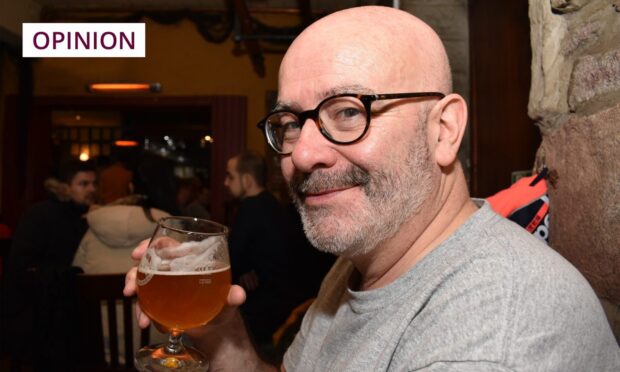
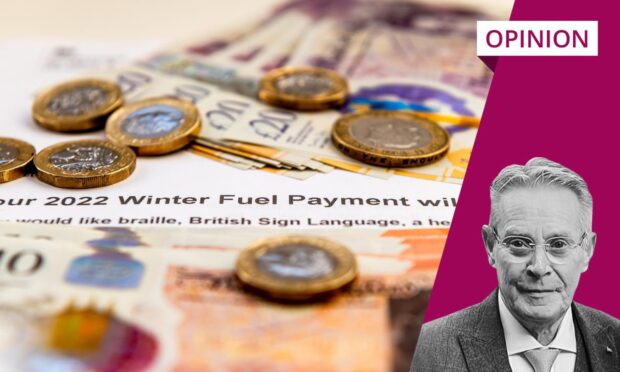


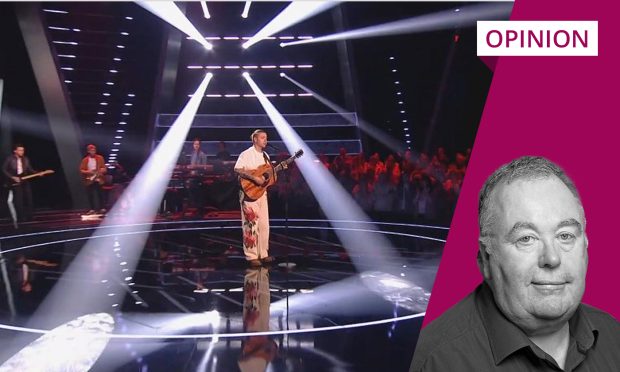
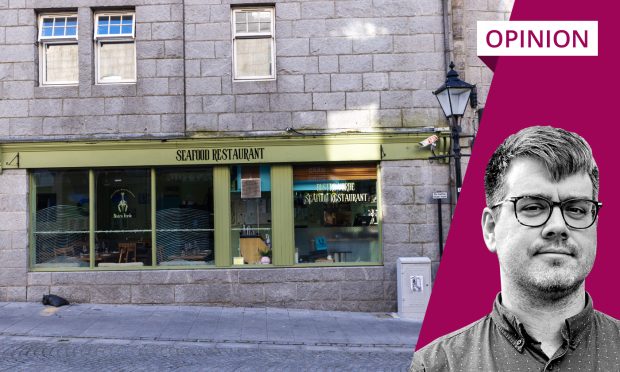
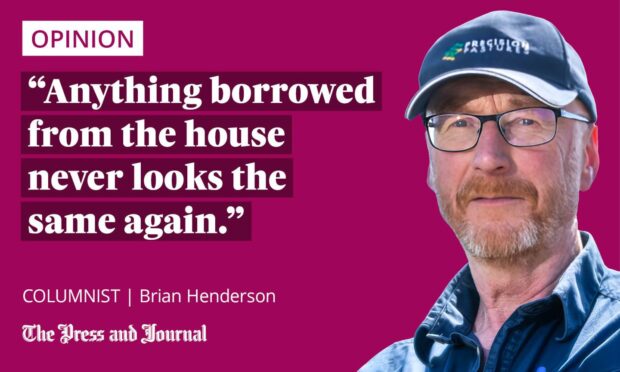
Conversation